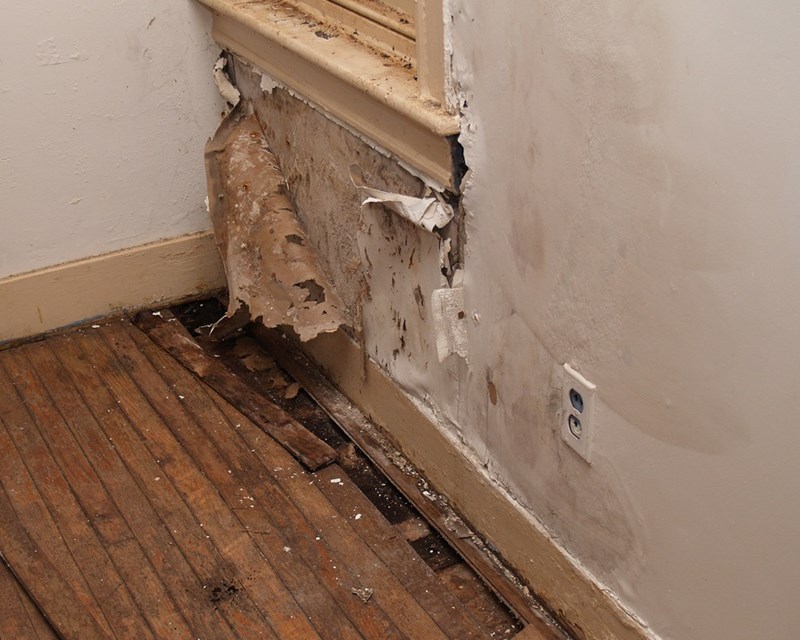Are you currently in search of selective information on Looking for Signs of Water Damage in the Bathroom?

The washroom is extremely susceptible for damp buildup and also potential water damage because of the regular use water in it. This write-up supplies simple evaluation methods to assist identifying water damage hazards.
The regular use of water in the shower room makes it incredibly prone for wet build-up as well as possible water damages. By checking it frequently, you can minimize water associated damages.
The complying with set of assessments is simple to do as well as must be done when in every three months in order to keep your shower room healthy as well as to avoid prospective water damages triggered by the bathtub, the shower, pipe joints and plumbing, sinks, cabinets, and the toilet
Do not neglect executing these examinations and also be extensive while performing them. Keep in mind that these simple examinations can conserve you a great deal of cash by offering early indications for water damages
Sinks as well as Cabinets
Sinks as well as cupboards are exposed to moisture and humidity daily and are often overlooked. Evaluate regularly under the sink and also on the kitchen counter over it. Fix any type of drip in the trap as it might recommend drain problems. Take a look around the sink, slow-moving draining pipelines might suggest a blocked drain. Replace sink seals if they are fractured or loosened.
Tub as well as Shower
The shower and bathtub call for unique interest and upkeep. Examine the ceramic tiles as well as replace if fractured. See to it that there is no missing out on grout between the floor tiles. Check and change split caulking at joints where the walls meet the flooring or the bath tub. Blocked drains and also pipelines issues will certainly stop the tub from drying out and also may indicate significant issues below the bath tub. Talk to an expert immediately to stop structural damages. Focus on discolorations or soft locations around the tub walls as they might indicate an inner leakage.
Plumbing
Signs for water damage are tough to discover since the majority of pipes are mounted inside the wall surfaces.
Pay special interest to flooring as well as walls dampness and discolorations as they may show an undetectable plumbing problem. Inspect moisture degrees in adjoining rooms also.
The Commode
The toilet is a prone water junction. Check the water lines as well as look for leakages around the toilet seat, in the pipe, and under the water container. If you discover any indicators of moisture on the floor around the commode, look for leaks in the toilet edge and also storage tank seals.
Be aware that hanging bathroom dish deodorants enhances the chances for clogs.
Water Damage Signs In The Bathroom To Avoid Cleanup
Musty smell
This is one of the easiest signs to catch because musty smells are so odorous. The damp, earthy, moldy smell should be a big red flag. The smell will develop when moisture gets trapped in surfaces, and begins to facilitate mold growth. Leaking pipes under cabinets, inside walls, and behind shower fixtures will cause moisture to stay trapped and not dry, which will lead to mold growth and spread. As soon as you notice any musty smells in your bathroom, have it checked for hidden water damage and cleanup signs.
Visible mold
If the smell isn’t there to give it away, sometimes you will actually see mold growth. Finding mold in your bathroom is a serious problem, because mold is very harmful to your health. By the time mold growth is visible, it also means that water damage has already occurred and been present for some time. The only way the mold problem can be resolved is to find the source of the moisture and get it stopped. To safely and adequately remove mold, you need to have professionals handle the remediation. Do not waste any time in getting mold problems addressed, fixed, and sanitized so that you can protect you and your family from the many respiratory symptoms caused by mold exposure.
Damaged floors
Bathroom floors should be able to withstand some exposure to water while still remaining in good condition. However, when excess exposure or water leaks occur, they will begin to damage even the most water-resistant flooring. If you notice any cracking, bubbling, staining, or warping on your bathroom floors, there is probably a water leak somewhere causing the distortion. If you notice areas of the floor have become softer, or even have a spongy feeling, there is probably damage to the subfloor. Subflooring is typically made up of plywood. When plywood is exposed to water or moisture, it will absorb it. Once it has become saturated, the weight of the excess water will cause the wood to swell and soften. Check the floors in your bathroom frequently to catch any of these sings before they lead to damaged subflooring.
Changes on walls
When water leaks behind walls, it will cause changes in the drywall. Peeling plaster, blistering paint, and soggy wallpaper are all good indicators that excess water is building up behind the wall. Water leaking behind drywall will cause it to swell and be soft to the tough. If you start to notice gaps along the trim of your walls, or where tile meets the wall, it could also be a strong indicator that there is a leak behind the wall. Any changes, distortion, or damage on the walls should be evaluated as soon as you notice it to prevent further water damage and cleanup.

I am just very serious about Common Causes of Water Damage in a Bathroom and I am assuming you appreciated the entire blog entry. Are you aware of another individual who is looking into the topic? Be sure share it. Many thanks for your time. Kindly come by our website back soon.
More Details